Projects
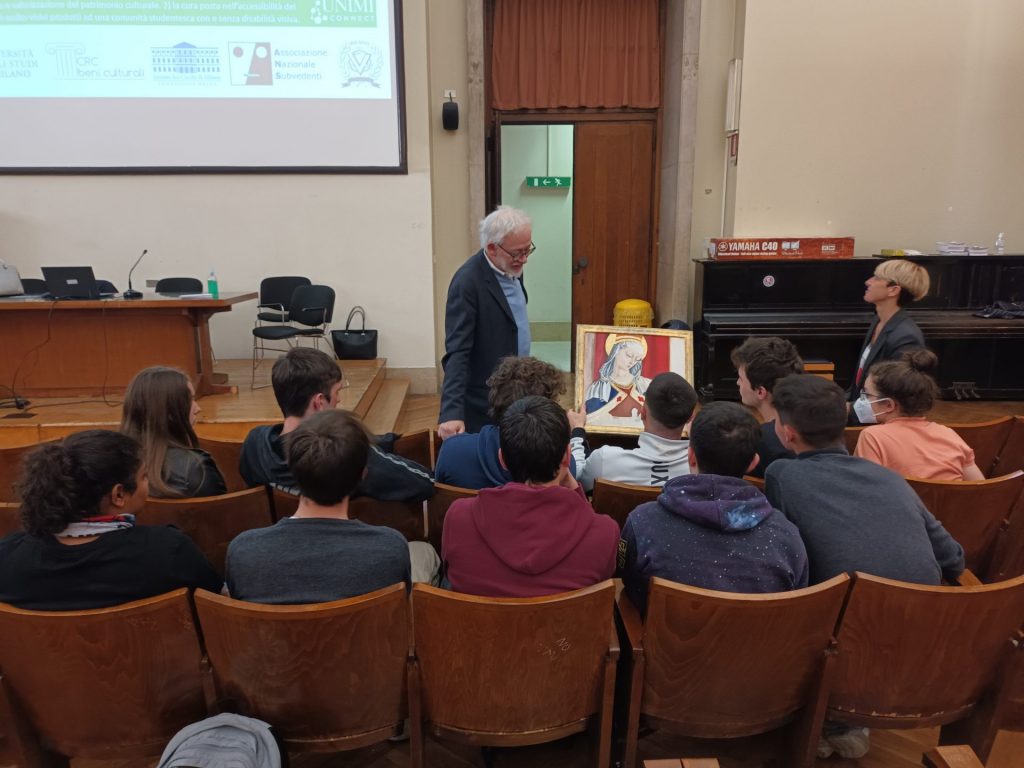
Unravelling the mysteries of Art and Civilization through Science (Science4Heritage)
Period: 2023 – 2024
This is a Public Engagement initiative promoted by the University of Milan which sees the involvement and interaction with the world of secondary schools. Seminars, simulations and hands-on experiments, and other laboratory activities are offered to present heritage science to audiences with and without visual impairments.
Science4Heritage is therefore characterized by two original aspects: 1) the presentation of scientific contents through practical applications in the field of conservation, protection, and enhancement of cultural heritage. 2) the care taken in the accessibility of the workshops and audio-visual materials produced to students with and without visual impairment.
In addition to the CRC Beni Culturali which acts as coordinator of the project, the Liceo Virgilio di Milan, the Associazione Nazionale Subvedenti e the Fondazione Istituto Ciechi di Milano participate in the initiative.
Events related to this project:
- seminar on visual impairment (April 26, 2023);
- hands-on activity at Liceo Virgilio in Milan (May 16, 2023);
- workshops organized for schools (September-December 2023).
The list of workshops includes:
- Will the heritage have a future?
- Biotechnology for conservation
- Nanoparticles, color, and art
- From bison hunters to Andy Warhol: the color in human history
- Discovering insects as historical-cultural heritage
- Proteins and cultural heritage: how to use a spatiotemporal key
- Multispectral imaging techniques for the study of pictorial works
- Historical visit of the Department of Physics
- Geomechanical characterization of materials used for architectural or artistic works
- Advanced optical microscopy for cultural heritage
- Color and light in cultural heritage
- X-ray diffraction for materials analysis
- Historical geophysical instrumentation: its use in research on cultural heritage
- Temperature and humidity, key parameters for the conservation of cultural heritage
- Geophysical investigations in archaeological sites
- Preparation, microscopic analysis and archiving of samples for the micropaleontology collection
- Herbarium of the Città Studi Botanical Garden: a heritage to be saved and enhanced
- Electronic Microscopy and Microanalysis Laboratory
- Cognition of cultural heritage.
The project is coordinated by Prof. Francesca Cappitelli.
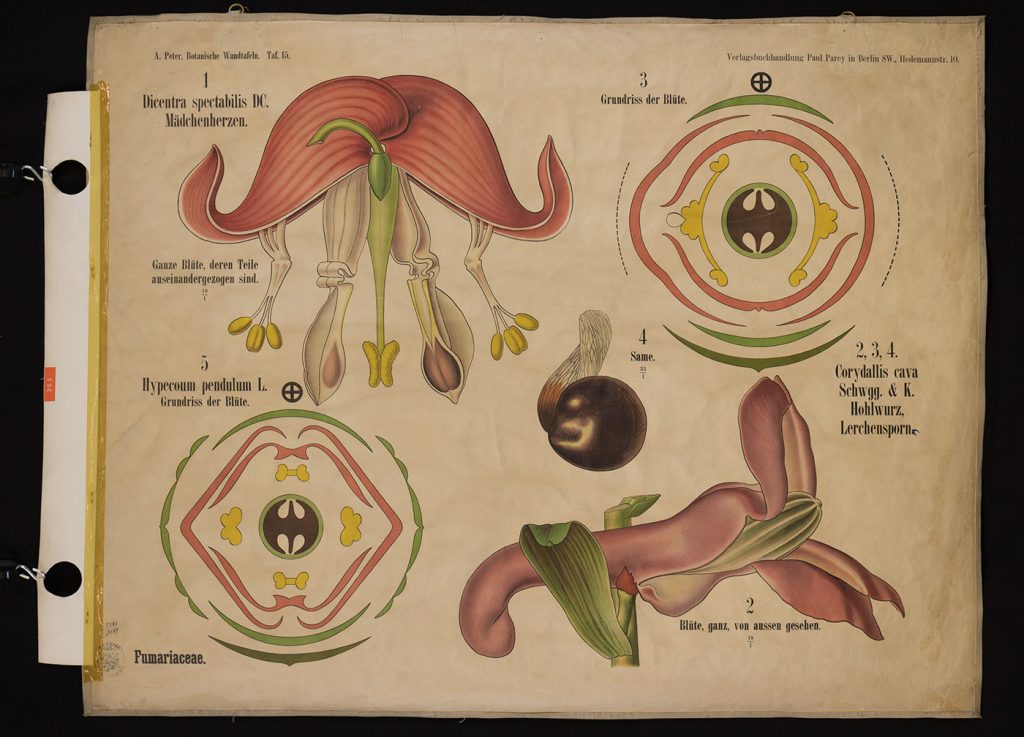
Development of multimedia technologies for the conservation, enhancement, and dissemination of a historical herbarium: the Herbarium Universitatis Mediolanensis
Period: 2018 – now
The project, coordinated by Prof. Elisabetta Caporali, has as its main objective the reorganization, digitization, and enhancement of the historical collections of the Herbarium Universitatis Mediolanensis . The numerous botanical collections preserved represent a cultural heritage resulting from various structural transformations. Much of these assets were collected by the Higher School of Agriculture (1870), inherited first from the Institute of Botany, then from the Department of Biology, to be merged in 2012 in the Department of Biosciences. The institutional vicissitudes that have occurred over time have meant that the collections underwent numerous movements and events that were not always favorable to adequate conservation. In collaboration with the Department of Computer Science and with the economic contribution of the Lombardy Region, it was possible to launch a reorganization and enhancement project of the exsiccata collections and other historical assets of the University. The first important result achieved concerns the complete digitization of Ferdinando Sordelli’s Herbarium and the creation of a website dedicated to the historical and scientific heritage of the Department of Biosciences.
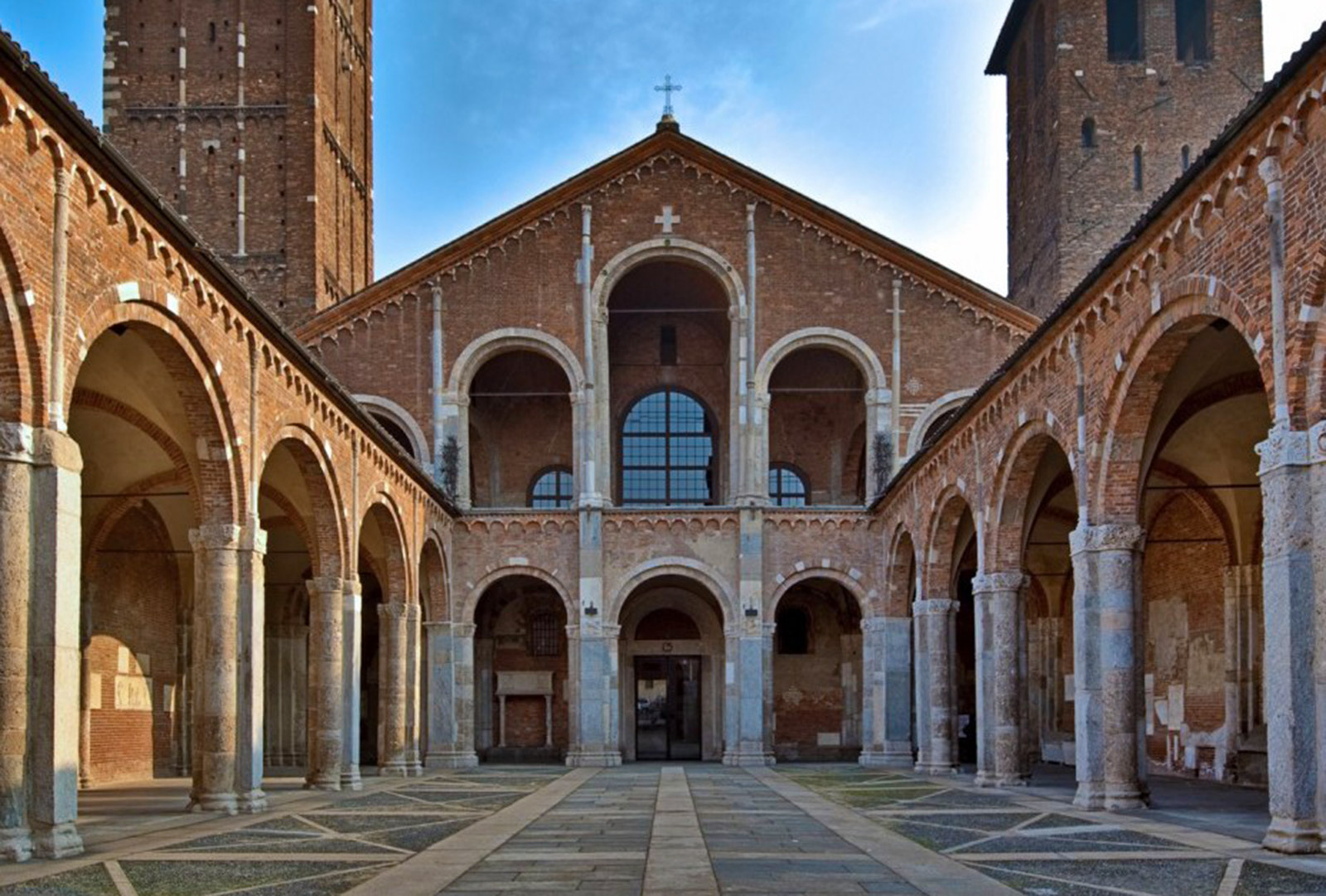
Study of the conservation state of the skeletons of the Saints at the Basilica of Sant’Ambrogio in Milan
Period: 2018
Funded by Parrocchia di Sant’Ambrogio, Milan
The project involved a multidisciplinary study, coordinated by Prof. Cristina Cattaneo (director of LabAnOf, University of Milan), carried out mainly on the field and aimed to verifying the conservation state of the relics of Saints Ambrogio, Gervaso and Protaso preserved in the crypt of the Basilica of Sant’Ambrogio in Milan. The project also involved Davide Porta (LabAnOf – Department of Biomedical Sciences for Health), Nicola Ludwig, Letizia Bonizzoni and Marco Gargano (Department of Physics), Silvia Bruni and Vittoria Guglielmi (Department of Chemistry), Francesca Cappitelli (Department of Food, Environmental and Nutritional Sciences), Luca Sconfienza and Fabrizio Pregliasco (Department of Biomedical Sciences for Health and Galeazzi Orthopedic Institute), Fabrizio Slavazzi (Department of Cultural Heritage and Environment).
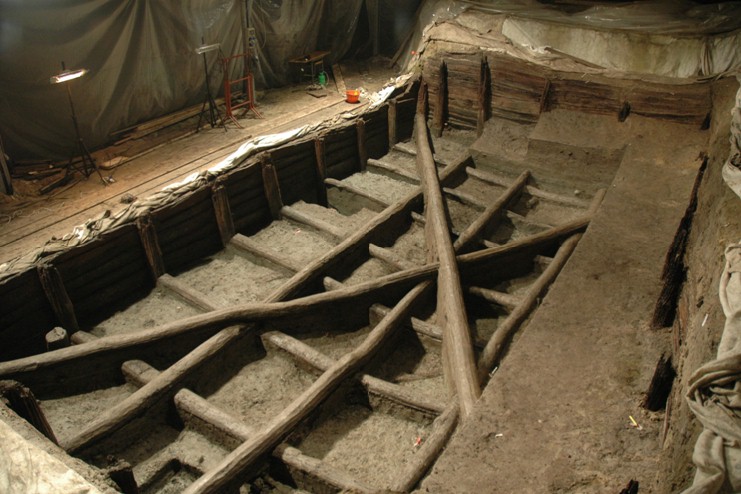
Excavation and musealization of the Vasca Votiva of Noceto
Period: 2007 – 2020
Funded by the Italian Ministry of Cultural Heritage and Activities, University of Milan and Municipality of Noceto
The archaeological excavation of the votive pool of Noceto disclosed one of the most striking and important prehistoric wooden structures in the world. The wooden structure and its infilling (including wooden and pottery items) is one of the most important evidence of the Bronze Age culture of Northern Italy and also allowed studying environmental and climatic changes occurred when the monument was active. Today, after a long restoration, the wooden structure is going to be placed in a museum in Noceto (PR).
Geophysical prospecting for cultural heritage: methods and applications
Period: 2018 – now
Geophysical surveys (geoelectrical methods, frequency-domain EM methods, ground penetrating radar) are being conducted for applications related to the study and conservation of cultural heritage. On-going projects involve the development of procedures of data collection, processing and interpretation for the following objectives:
- Study of the hazard of hillslope stability on architectural heritage;
- Support of active archaeological excavations;
- Analysis of the archaeological risk.
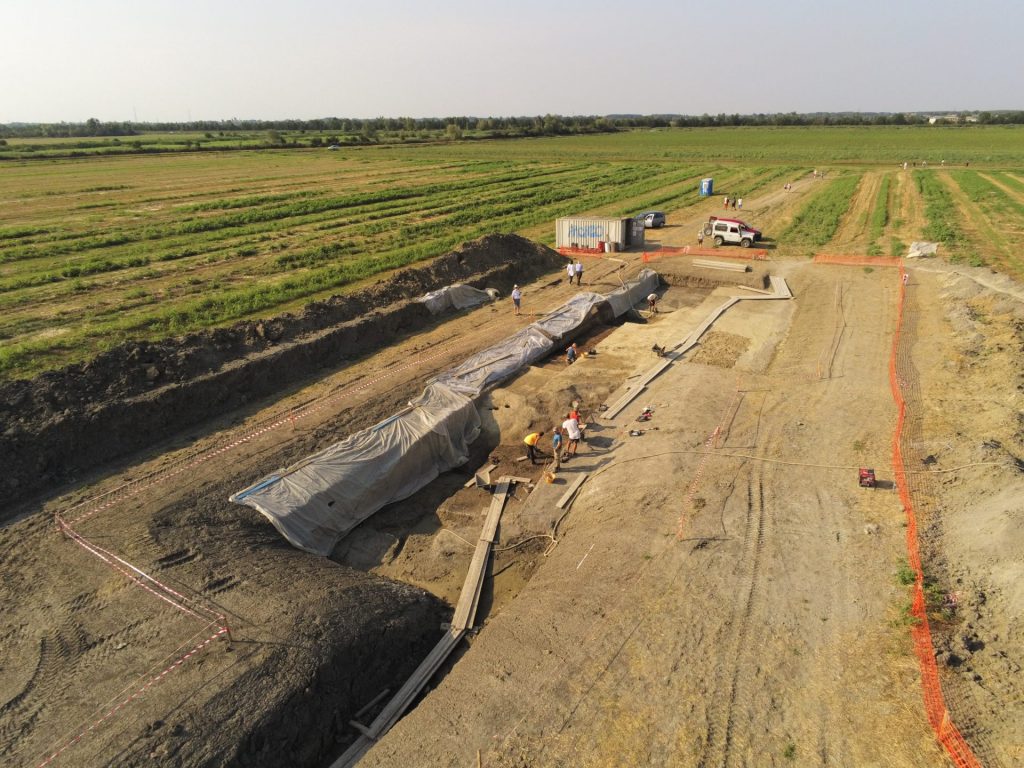
Archaeological excavation of the Terramara Santa Rosa di Poviglio (Reggio Emilia, northern Italy)
Period: 1984 – now
Funded by University of Milan and Municipality of Poviglio
The archaeological excavation of the Terramara Santa Rosa di Poviglio (Reggio Emilia, northern Italy) is on-going since 1984. The multidisciplinary approach allowed exploring the organization of the Bronze Age settlements of Santa Rosa and its relationships with the landscape surrounding it. The investigation also elucidated the land-use and exploitation of natural resources in the Bronze Age and to permitted understanding the reasons leading to the collapse of the Terramare Culture of Northern Italy at the end of the Bronze Age.
